low end tidal co2 acidosis
The height of the capnography waveform accompanies this number on the monitor as well as the respiratory rate. This may result from such ventilatory problems as high mean airway pressure or inadequate exhalation time resulting in overdistention or from such circulatory problems as.
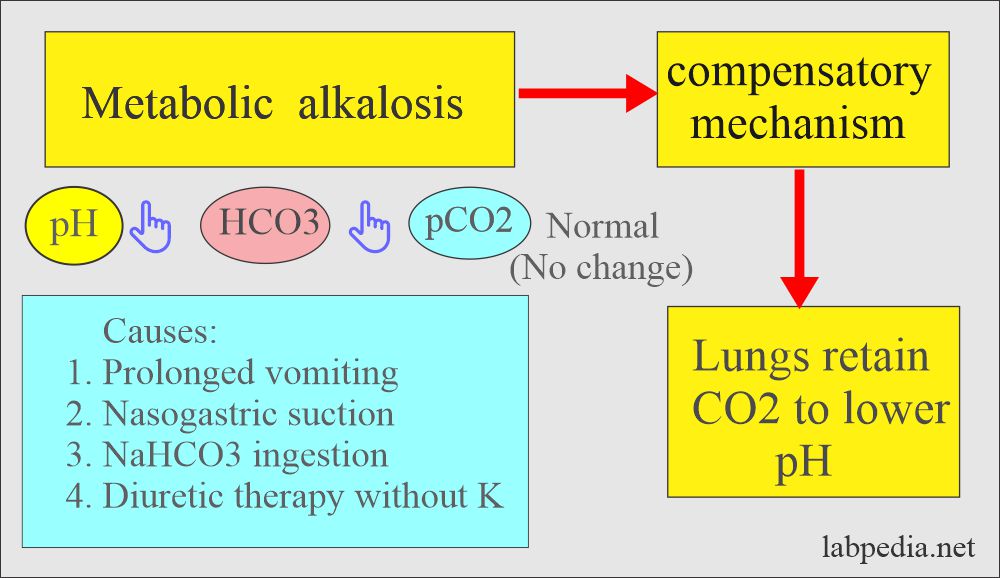
Acid Base Balance Part 2 Introduction Of Acid Base Balance Metabolic Acidosis And Metabolic Alkalosis Labpedia Net
This is a major respiratory symptom.
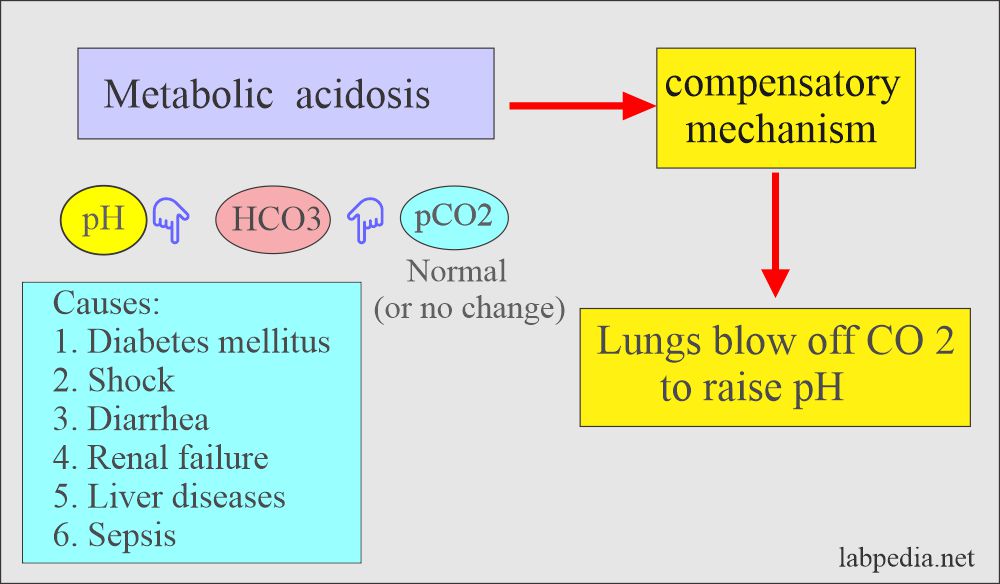
. Prior studies suggest exhaled end tidal carbon dioxide ETCO2 provides a non-invasive real-time method to screen for DKA in the emergency department ED. The researchers found that end-tidal CO2 could provide a highly sensitive predictor of return of spontaneous circulation during cardiopulmonary resuscitation MPR p791 Cantineau et al 1996. Because endtidal CO 2 ETCO 2 closely approximates PaCO 2 measured ETCO 2 levels should allow for predictions about the.
End-tidal carbon dioxide EtCO2 sensibly correlates with the pathophysiology of those and many other disease processes and can help guide decision making on your next shift. The effect of administration of Sodium bic arbonate on the end-tidal CO2 in an intubated patient with severe metabolic acidosis is well demonstrated by this video by Dr. Most medical sources define hypocapnia as less than 35 mm Hg for partial CO2 pressure in the arterial blood.
However this may also be caused by pulmonary dysfunction with an increase in dead space volume. Think respiratory failure when ETCO2 is high The amount of CO2 at the end of exhalation or end-tidal CO2 ETCO2 is normally 35-45 mm HG. While we disagree in giving a bicarb drip as mentioned in the video it does demonstrate the acid-base physiology in real time.
When the ventilator runs with a normal rate but the minute volume is too high Who are in shock With normal respiratory rate and tidal volume but with a low body temperature Can also be seen in patients with spontaneous respiration when they are compensating a metabolic acidosis. It occurs more gradually. The arterial CO2 value for normal breathing at rest is 40 mm.
But metabolic acidosis doesnt generally develop like this especially the DKA that youre describing. More recently a large group of medical doctors from several American hospitals tested over 100 patients and wrote an article End-tidal. Capnography offers an indirect method to detect metabolic acidosis.
This a retrospective cohort study among patients who activated Emergency Medical Services EMS during a one-year period. We would like to present a brief report highlighting a potential adverse effect of end-tidal carbon dioxide monitoring in extremely low-birth-weight infants and the need for vigilance in this high-risk populationA male infant born at 25 weeks of gestation weighing 680 g at birth was referred for patent ductus arteriosus ligation on day 28 of life. Also called capnometry or capnography this noninvasive technique provides a breath-by-breath analysis and a continuous recording of ventilatory status.
Dead-space ventilation results in ventilated alveoli with insufficient perfusion which leads to low ETco 2. What does end tidal CO2 tell you. Intern Emerg Med.
Therefore correlation between the end tidal CO2 and an ABGVBG measurement is needed to confirm the diagnosis of hypocapnia. Evaluation of end-tidal carbon dioxide role in predicting elevated SOFA scores and lactic acidosis. So as excess metabolic acids are produced the pH drops and the concentration of hydrogen ions or H if you will goes up.
Compensatory mechanisms include 1 an increased respiratory rate. ETCO2 end tidal carbon dioxide. Can be observed in artificially ventilated patients.
McGillicuddy DC Tang A Cataldo L et al. At surgical intervention he weighed 1038. As weve said this pushes things to the right and.
Initial out-of-hospital vital signs documented by EMS. The height of the capnography waveform accompanies this number on the monitor as well as the. ETCO2 30 to 35 is considered as the cut point so it is clinically useful in diagnosis of acidosis 62 63.
Definition of Low CO2 hypocapnia Hypocapnia hypocapnea also known as hypocarbia is defined as a deficiency of carbon dioxide in the arterial blood. EtCO2 measurements have been shown to closely estimate arterial partial pressure of carbon dioxide. End-tidal carbon dioxide ETco 2 monitoring provides valuable information about CO 2 production and clearance ventilation.
The amount of CO2 at the end of exhalation or end-tidal CO2 ETCO2 is normally 35-45 mm HG. How high can end-tidal CO2 go. Hypocapnia hypotension and hypertension during aneurysm occlusion in patients with an aneurysmal subarachnoid hemorrhage may lead to a poor prognosis but evidence for end-tidal carbon dioxide ET co 2 and mean arterial pressure MAP targets is lackingWithin the ranges of standardized treatment the authors aimed to study the association between hypocapnia Pa.
The prognosis depends on the severity of the underlying disturbance as well as the patients general clinical condition. H HCO3- -- H2CO3 -- H2O CO2. Patients with diabetic ketoacidosis DKA hyperventilate lowering their alveolar PACO 2 and arterial carbon dioxide PaCO 2This ventilatory response lessens the severity of their acidemia in a predictable way.
The mean end-tidal carbon dioxide level for patients who required an unanticipated return visit 330 - 40 mm Hg was lower than the level for those who did not seek reevaluation 366 - 36 mm Hg. End-tidal clearance must be evaluated in the context of the patients perfusion status. The high anion gap acidosis was defined as having an anion gap 12 with either one of the following criteria.
End tidal CO2 revealing a substantially low CO2 measurement also suggests hypocapnia eg etCO2. A serum bicarbonate 18 mmolL or a blood pH 730. Which would suggest that ETCO 2 could be useful in identifying DKA patients presenting with remarkably low PH levels and would allow faster.
Respiratory Acidosis is an acid-base imbalance characterized by increased partial pressure of arterial carbon dioxide and decreased blood pH. The relationship between end-tidal carbon dioxide levels and serum bicarbonate concentrations was independent of other potential predictors of acidosis in multivariable analysis. In addition a low P a CO2 level is correlated with increased risk of cerebral edema in children with DKA.
End-tidal carbon dioxide cannot be used to rule out severe injury in patients meeting the criteria for trauma care.

Acidosis Acidosis Dissociation Anesthesia

Respiratory Acidosis Hypercapnia Emcrit Project

Acid Base Balance Part 2 Introduction Of Acid Base Balance Metabolic Acidosis And Metabolic Alkalosis Labpedia Net
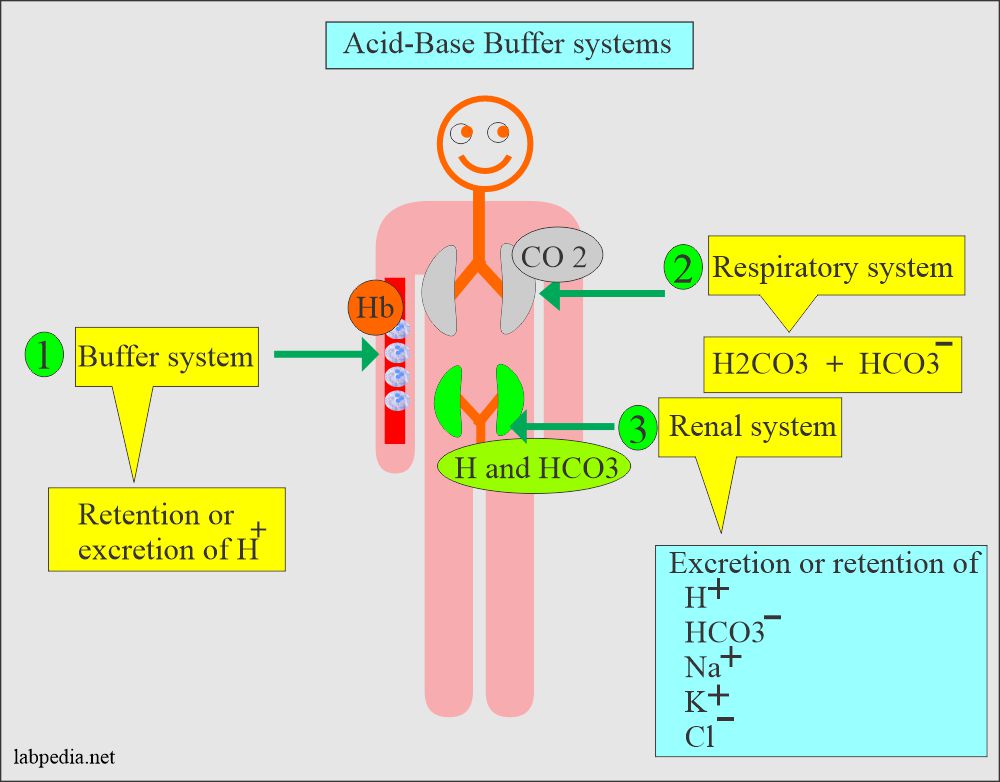
Acid Base Balance Part 2 Introduction Of Acid Base Balance Metabolic Acidosis And Metabolic Alkalosis Labpedia Net

Acidosis Acidosis Ppt Download

End Tidal Capnography Can Be Useful For Detecting Diabetic Ketoacidosis Monitoring Copd Page 2 Of 4 Acep Now Page 2
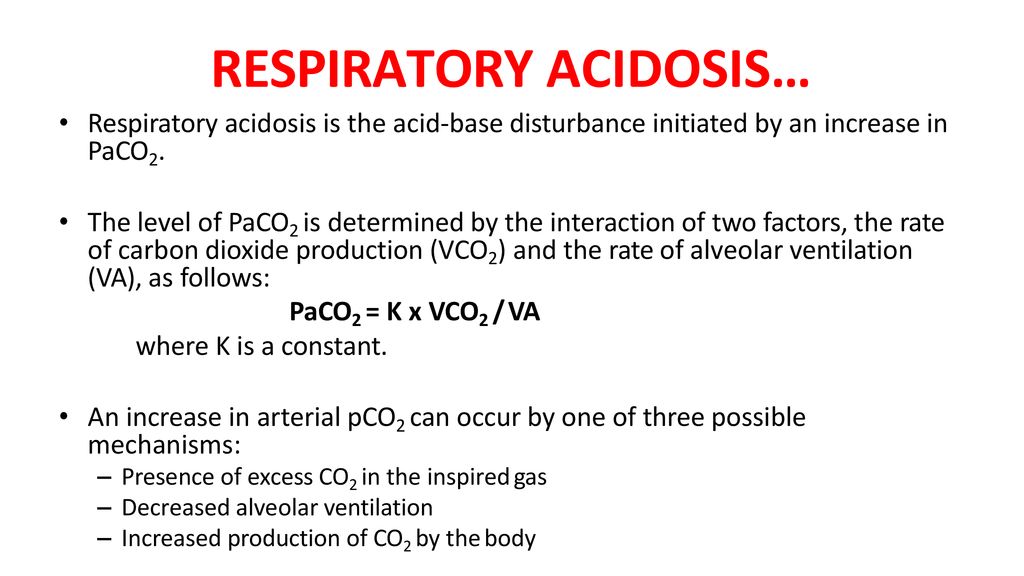
Respiratory Acidosis And Alkalosis Ppt Download

Vasopressors Demystified An Overview Of The Physiology Of Vasopressors Including When To Start When To Use Periphera Icu Nursing Icu Icu Nurse Critical Care
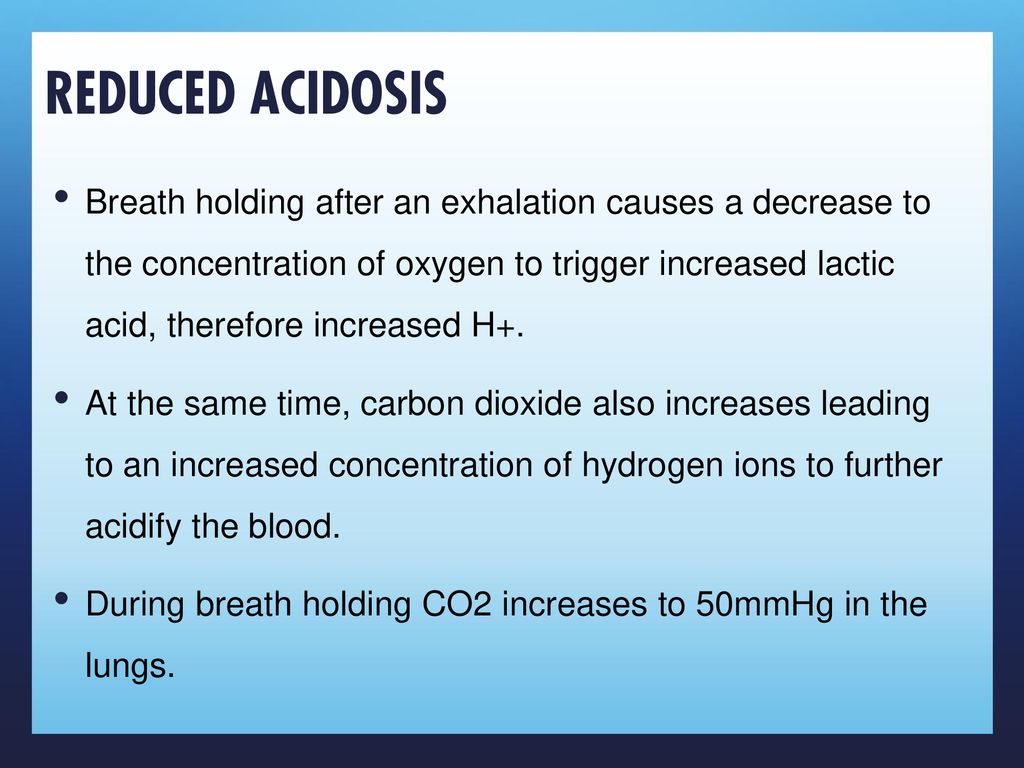
Acidosis Acidosis Ppt Download
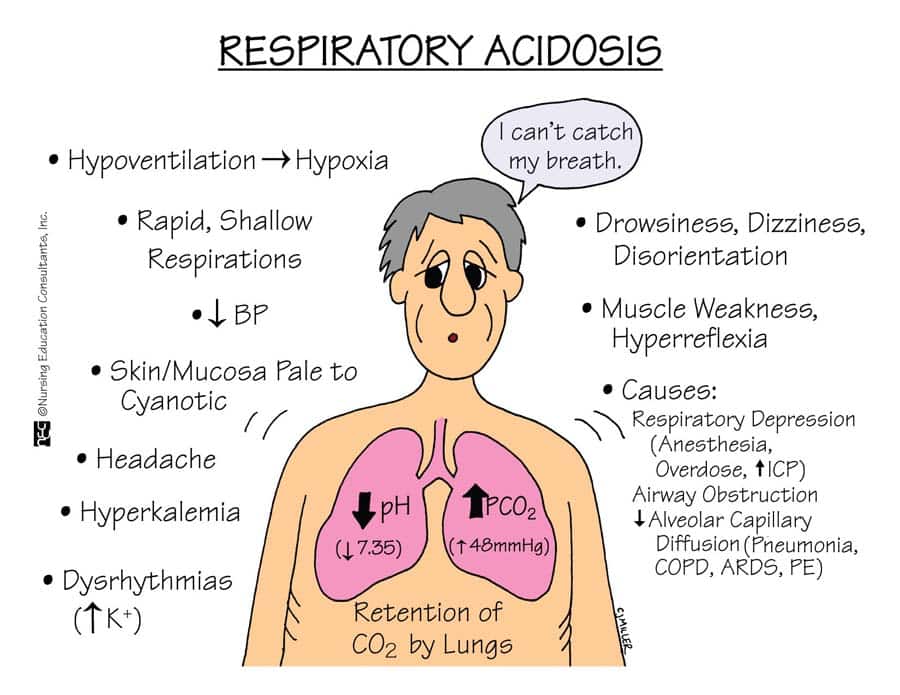
Respiratory Acidosis Nursing Management And Interventions Nurseslabs

Acid Base Balance Part 2 Introduction Of Acid Base Balance Metabolic Acidosis And Metabolic Alkalosis Labpedia Net

Image Result For Medical Assessment Emt Cheat Sheet Paramedic School Emt Study Emergency Medicine

Nasal Oxygen Delivery Icu Nurse Critical Care Icu Nursing Charting For Nurses
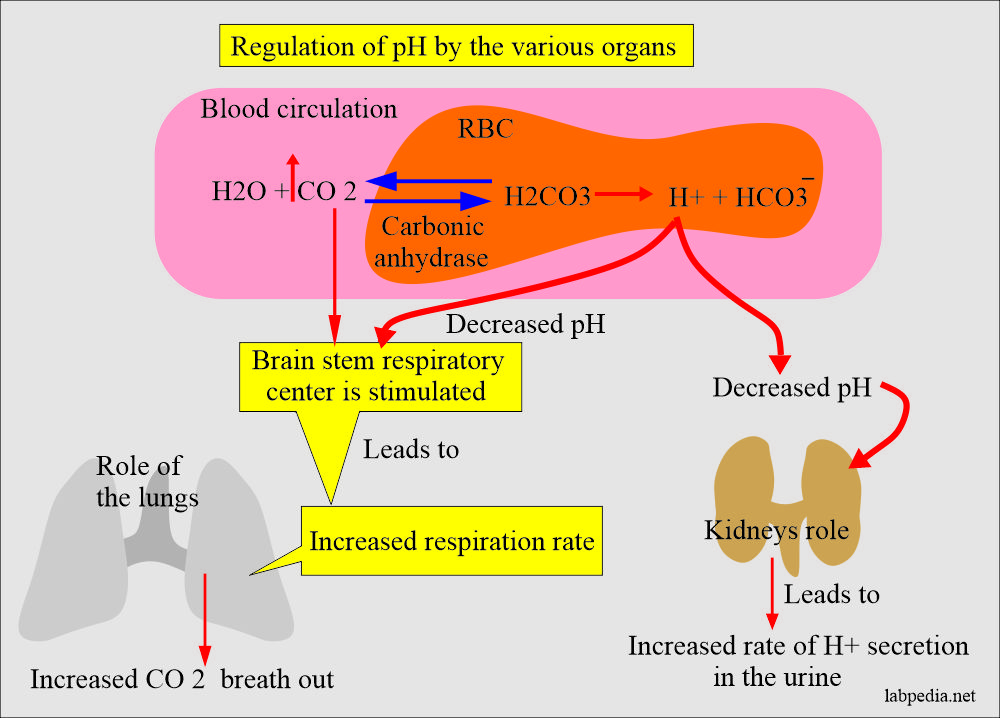
Acid Base Balance Part 2 Introduction Of Acid Base Balance Metabolic Acidosis And Metabolic Alkalosis Labpedia Net




